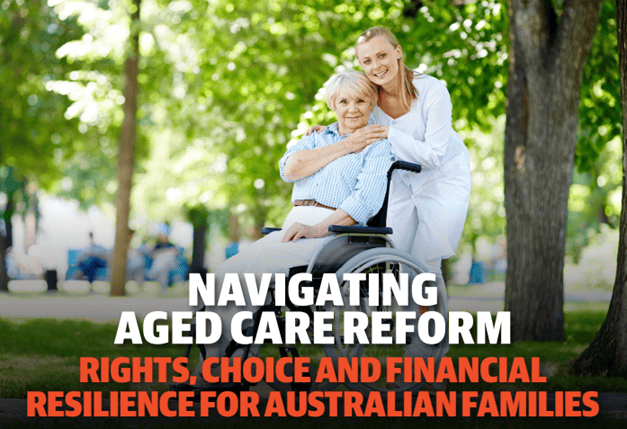Beyond the Traditional Retirement: Navigating Ageism, Semi-Retirement, and Wealth in Modern Australia
Retirement is no longer a fixed endpoint but a flexible phase blending work, leisure, and purpose. Many Australians are working longer for financial and personal reasons, embracing “portfolio lives” that include part-time work, volunteering, and learning. Ageism remains a challenge, but flexible work and phased retirement are creating new opportunities. Planning now means aligning finances with lifestyle and identity.
Navigating the Home Guarantee Scheme: Opportunity or Illusion for New Buyers?
The expanded Home Guarantee Scheme allows first-home buyers to enter the market with as little as a 5% deposit and no Lenders Mortgage Insurance. While it opens doors for many, critics warn it may inflate property prices and worsen affordability. Advisers recommend assessing long-term affordability and risk before committing. The scheme is a helpful tool, but not a one-size-fits-all solution.
Navigating Aged Care Reform: Rights, Choice and Financial Resilience for Australian Families
Major aged care reforms take effect from 1 November 2025, introducing new rights, means-testing, and funding models. The changes aim to improve care quality and access, but also increase complexity. Financial advisers play a key role in helping families navigate funding options, protect assets, and plan for long-term care. Early advice is essential for peace of mind and financial resilience.
Q & A
- Super Contribution Caps: SG is now 12%, but concessional ($30K) and non-concessional ($120K) caps remain. A strategy is key to maximising benefits.
- Beneficiary Nominations: Binding nominations offer more certainty. Regular reviews are essential, especially after major life events.
- Transition to Retirement (TTR): Allows tax-free super access while working part-time. Effective for income smoothing and tax planning, but needs careful modelling.


